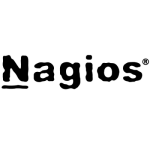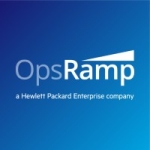We are using the System Manager in a state university. They have around 1000 workstations and clients, that were using a System Center Configuration Management to upgrade only those clients and Windows servers, as well as the WHS server.
The solution is very user-friendly, and it offers upgrade options and updates features with a simple click.
I personally found the initial setup to be straightforward.
There are excellent simple options on offer.
They have great integration with the active directory. You can see active directory users in the System Center.
In recent years, no doubt it's improved.
That said, at the time I used it, System Center just provided upgrade and update features for Windows clients, and Windows systems, and did not support Linux, Android, or iOS, and other operating systems. They need to provide better integration with other operating systems if they don't already.
The initial setup should be a bit more straightforward.
I have experience working with the solution for about one year or so. I only have one experience with SCOM.
At any given time, 10 members of the IT department, all engineers, would be working on the Assistant Manager Console.
I never dealt with technical support in the past. I can't speak to how knowledgeable or responsive they are in general.
The initial setup was a very simple process. That said, in general, the installation process is not very straightforward, as you need to install it and then secure the server, and configure the database, and you need to provide different specific options in the configuration process. It can be a bit tricky. It should be improved to provide a straightforward installation.
I handled the installation myself. I did not use a consultant or integrator. I was able to handle it in-house.
I can't speak to the actual cost of the solution. It was more or less handled by the sales department. The licensing aspect was not my responsibility.
We are using System Center 2016.
I'd rate the solution at an eight out of ten. It was mostly a very positive experience working with it.
I would recommend the solution to other users and organizations.


















